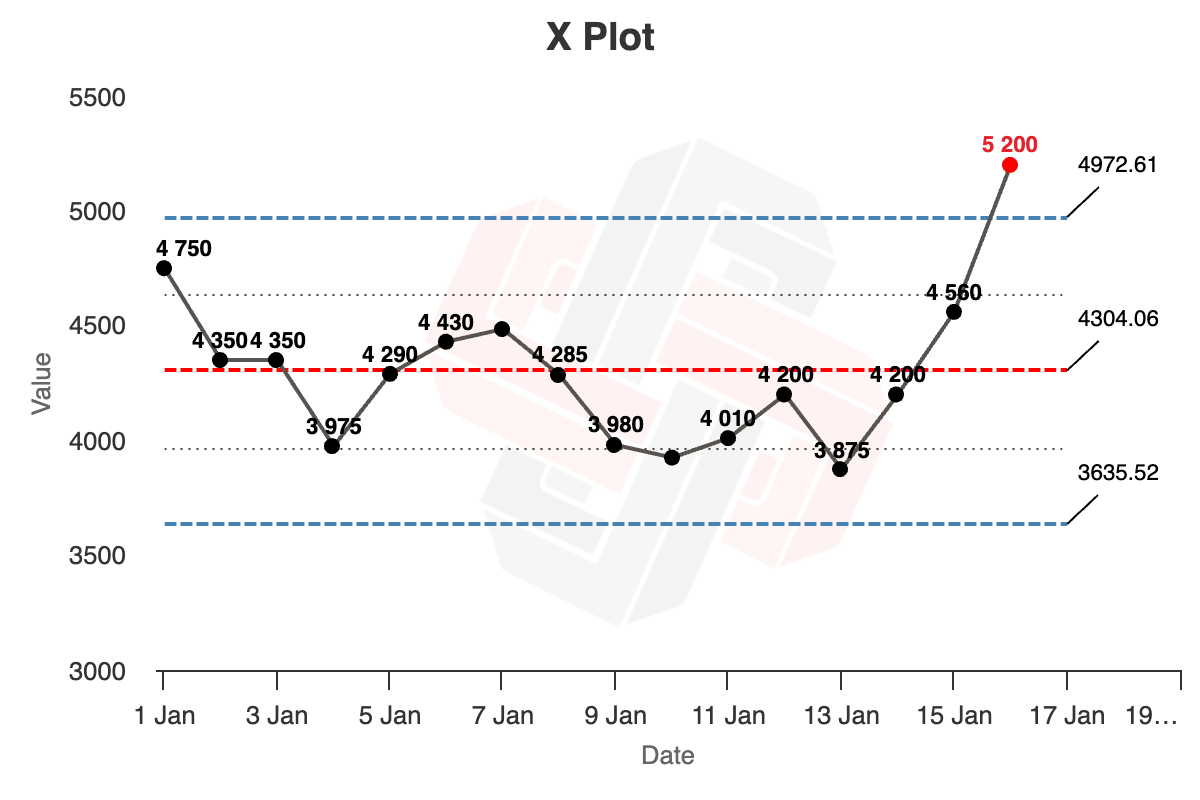LevelDB Explained - How to Analyze the Time Complexity of SkipLists?
In the previous article LevelDB Explained - How to implement SkipList, we analyzed in detail the implementation of skip lists in LevelDB. Then in LevelDB Explained - How to Test Parallel Read and Write of SkipLists?, we analyzed the test code for LevelDB skip lists. One question remains: how do we analyze the time complexity of skip lists?
After analyzing the time complexity of skip lists, we can understand the choice of probability value and maximum height in LevelDB, as well as why Redis chooses a different maximum height. Finally, this article will also provide a simple benchmark code to examine the performance of skip lists.
This article will not involve very advanced mathematical knowledge, only simple probability theory, so you can read on without worry. The performance analysis of skip lists has several approaches worth learning from. I hope this article can serve as a starting point and bring some inspiration to everyone.
Knowing the principles and implementation of LevelDB, we can deduce that in extreme cases, where the height of each node is 1, the time complexity of search, insertion, and deletion operations of the skip list will degrade to O(n). In this case, the performance is considerably worse than balanced trees. Of course, due to the randomness involved, no input sequence can consistently lead to the worst performance.















/cdn.vox-cdn.com/uploads/chorus_asset/file/24016886/STK093_Google_03.jpg)







